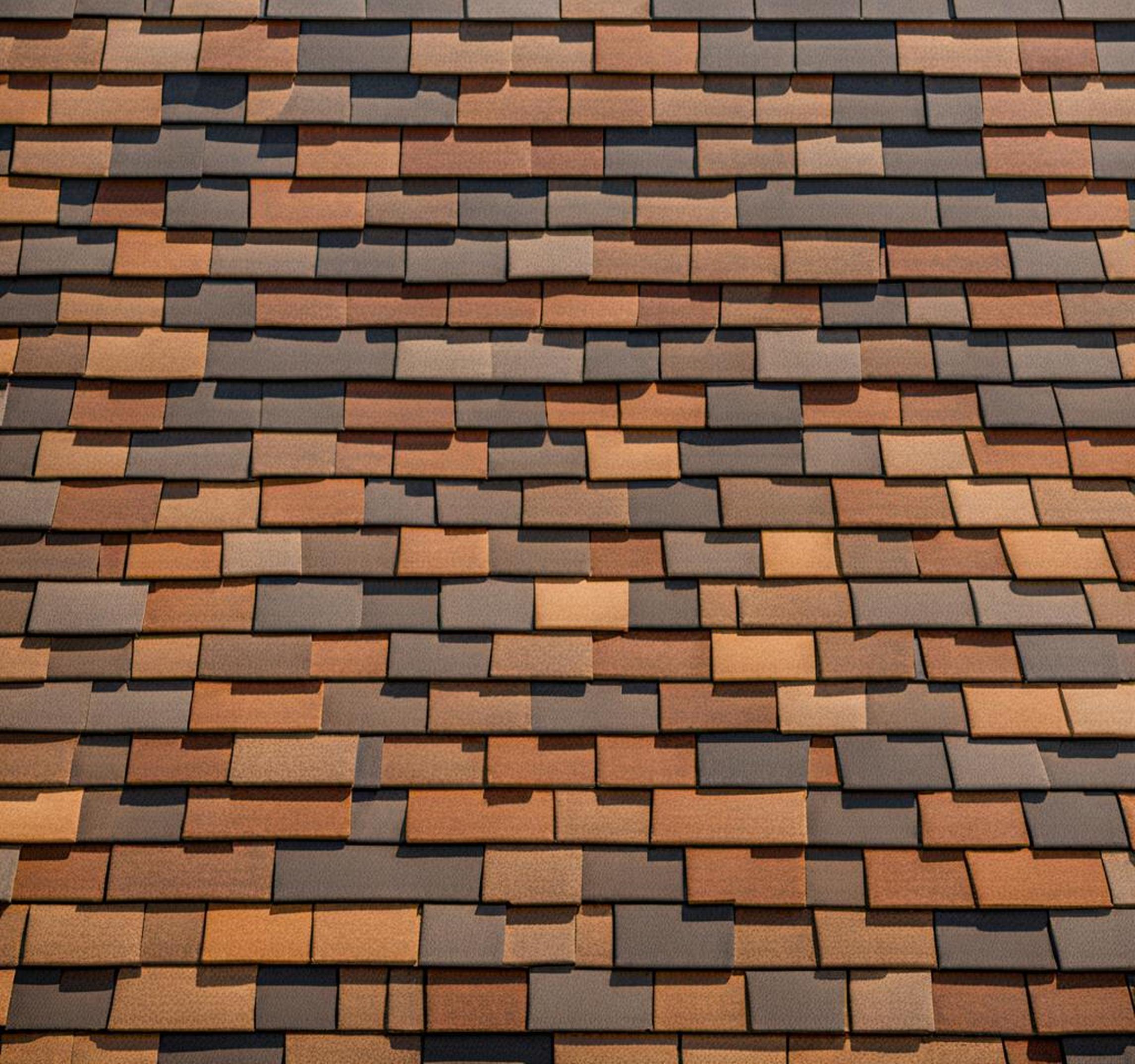If you’ve ever gotten a roofing quote or talked to a roofer, chances are you’ve heard the term “square of shingles” get thrown around. But what exactly does it mean?
We’re decoding this confusing jargon once and for all.
Introducing the Mysterious “Square” Measurement in Roofing
In the roofing industry, a “square” is the common unit of measurement used to calculate the materials needed to cover 100 square feet of roof area. This equals one square of shingles.
Most standard bundles of strip shingles cover around 33.3 square feet of area. Since three bundles make up one square, it simplifies the pricing and ordering process for contractors.
Why Use Squares for Roofing Measurements?
Using the square measurement allows roofing contractors, suppliers, and even DIYers to easily compute the shingles and other supplies required for a job based on the total roof square footage needing replacement.

Rather than figuring out the precise number of shingle bundles, the square unit gives a convenient shorthand for approximate coverage and pricing.
Defining a “Square of Shingles”
As we mentioned earlier, one square of shingles refers to the amount needed to cover 100 square feet of roof area, which usually equals three bundles or 33.3 square feet of coverage per bundle.
So what’s actually included in a square?
- Enough shingles to cover 100 sq ft of roof surface
- Around three bundles of standard strip shingles
Easy enough so far! Now let’s look at how to use this knowledge to estimate your own roofing needs.
Calculating the Squares Required for Your Roof
Figuring out how many squares you need for a roofing job takes just a quick calculation:
- Measure the total roof area needing shingle replacement in square feet
- Divide the area by 100
- The result gives you the approximate number of “squares” required
Each of those squares represents one square of shingles that you’ll need to order to complete the job. It’s that simple!
Why Squares Simplify Roofing Projects
Using the square measurement simplifies roofing jobs in several key ways:
- Allows easy cost pricing per square
- Simplifies ordering the correct quantity of shingles and materials from suppliers
- Helps contractors estimate labor costs and time requirements
By sticking with the standard square, you can save time, avoid complex measurements, and get the materials you need without hassle.
What Does a Square of Shingles Cost?
When getting a roofing quote, you’ll usually see costs broken down by the number of squares and a per-unit price for labor and materials.
The cost per square of shingles can vary dramatically based on:
- Type and quality of shingles chosen
- Whether tear-off of old materials is required
- Roof pitch and accessibility
- Your location
As an example, in Massachusetts the average homeowner pays $5-9 per square foot for a complete roof replacement. Prices per square for shingles alone often range from $80-150 for standard 3-tab to over $300 for premium brands.
Defining Other Confusing Roofing Terms
We’ve decoded the mystery of the “square,” but you’ll probably still hear unusual lingo like “tear-off,” “ridge cap,” and “hip roof” when getting your roof done. We’ve defined some of the most common jargon to help you talk confidently with contractors:
- Tear-off – Removing existing roof shingles/materials down to the roof deck.
- Ridge cap shingles – Shingles used to cover the roof’s ridge line.
- Hip roof – A roof with sloped ends as well as sides.
FAQs About Squares of Shingles
Still have questions? We’ve got you covered with quick answers to some frequently asked questions about squares of shingles:
How many shingles are actually in one square?
A square contains enough shingles to cover 100 square feet of roof area. With standard three-tab strip shingles, this usually equals around three bundles or 300-350 individual shingles.
Why don’t contractors give total number of shingles needed?
Using the standard square measurement allows for faster pricing and estimating without counting precise shingle quantities. As long as you know the number of squares required, you’ll get the right amount of materials.
What about other roofing elements like flashing?
When calculating total squares, make sure to account for other materials like ridge caps, hip and valley shingles, starter strips, and flashing. Your roofer can help determine this additional material requirement.
With this crash course, you should now feel comfortable navigating the once-confusing terminology around “squares of shingles” as you take on your next roofing project with confidence. No more googling required!
Understanding the square measurement allows easy pricing, ordering, and estimating so you can focus on getting the job done right.
If pricing multiple bids, just compare cost per square along with material types and warranties. And when speaking with your roofer, you can use the correct lingo to ask detailed questions.
We also provided key information on how heavier shingles or extra elements like ridge caps and flashing impact the squares calculation. Taking these factors into account will help ensure an accurate shingle quantity.
